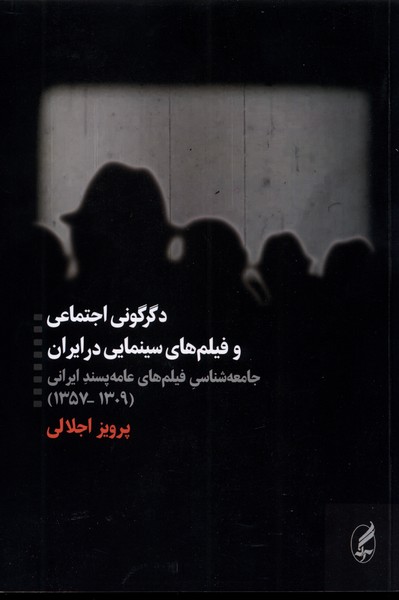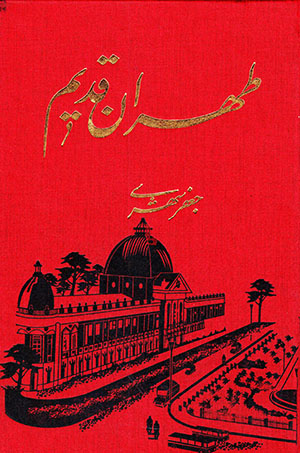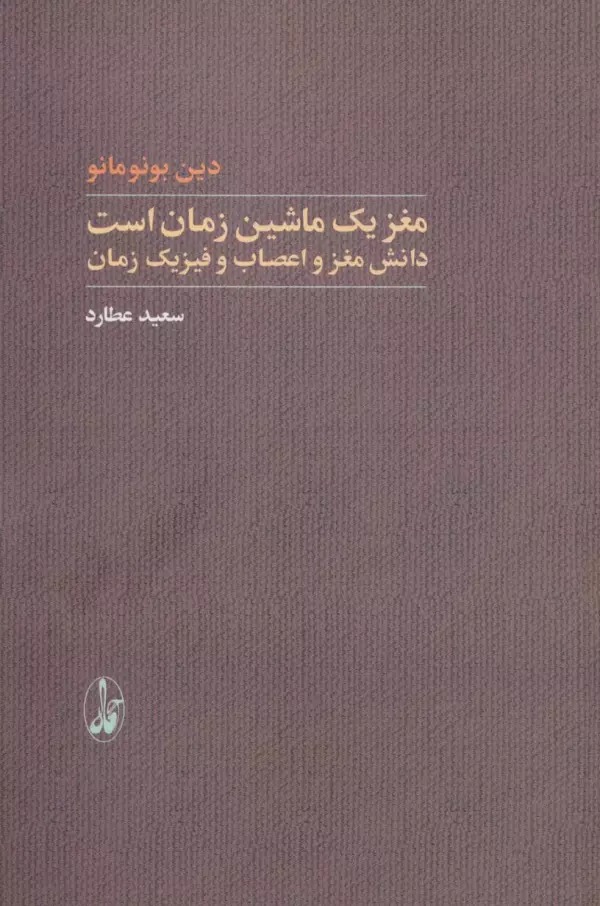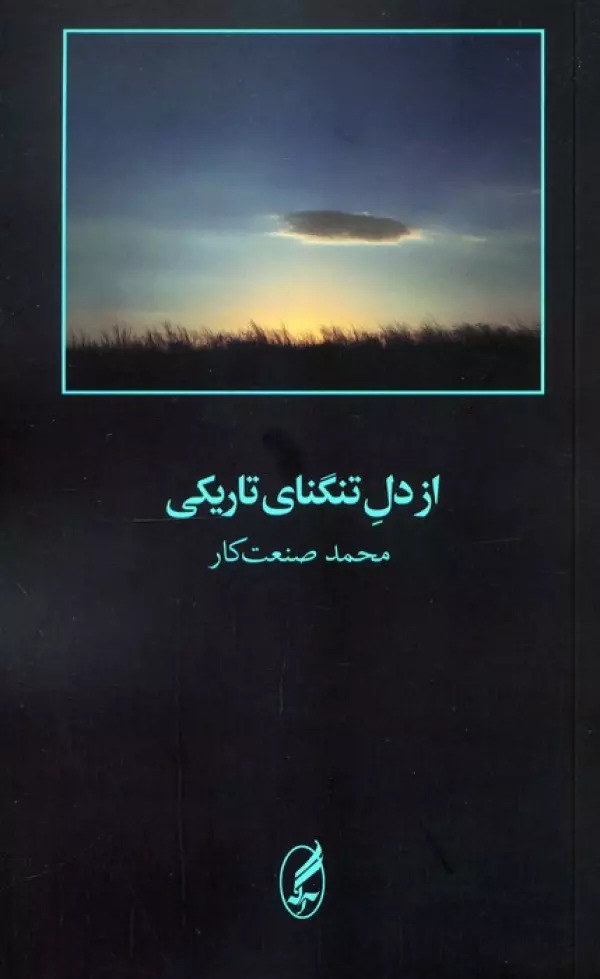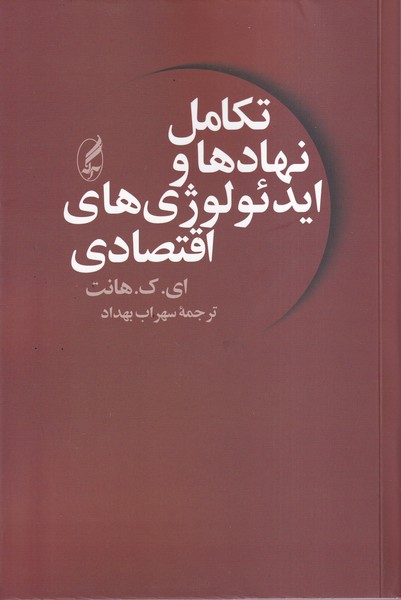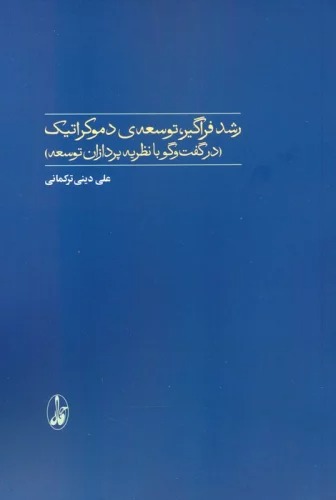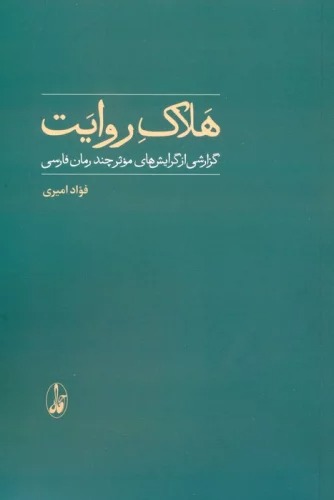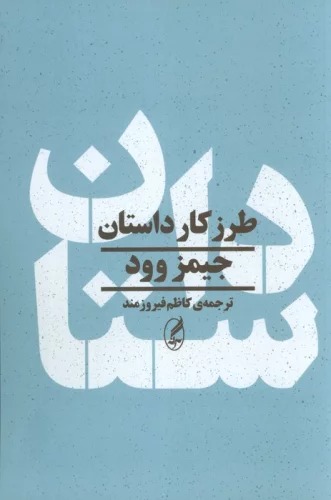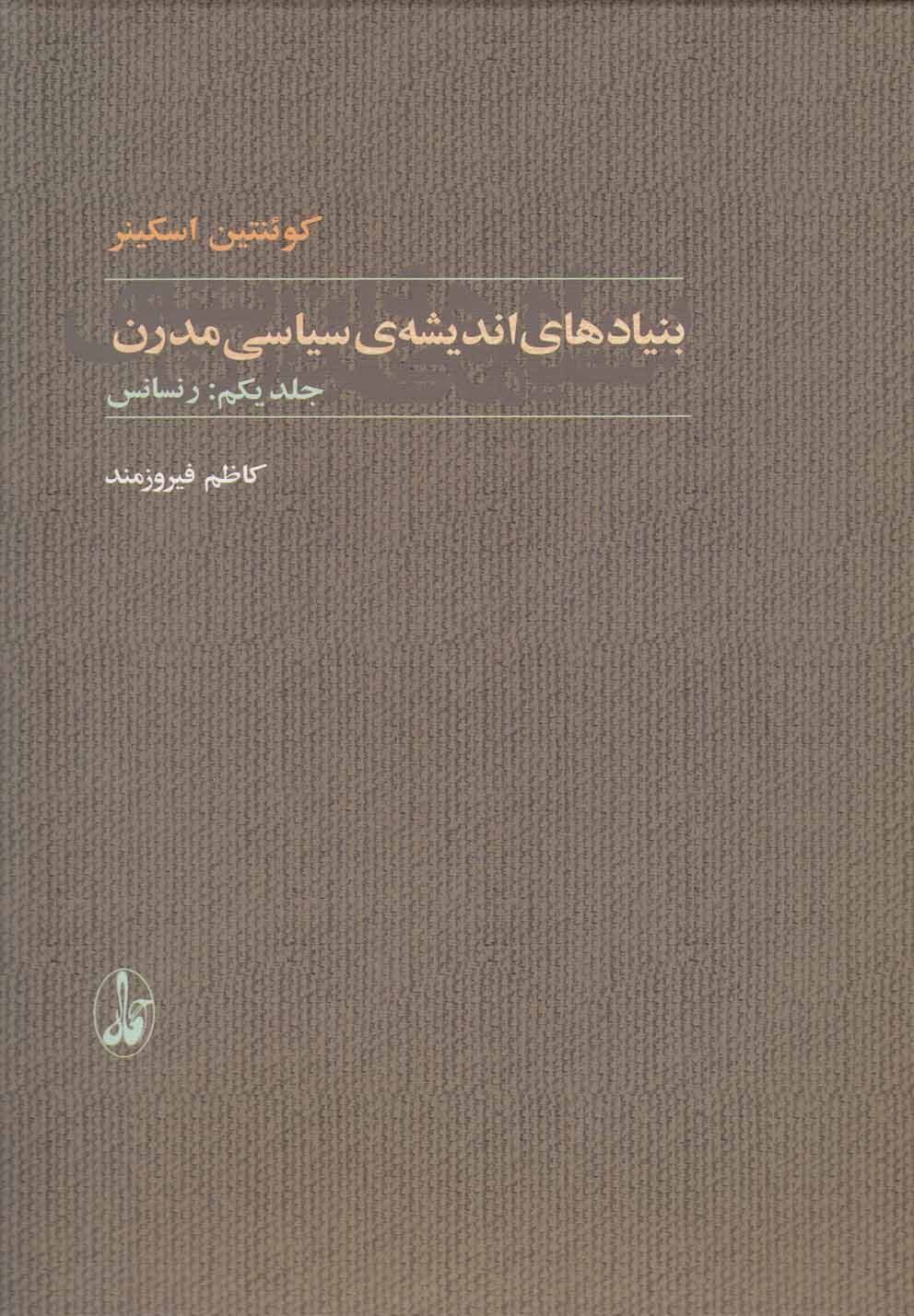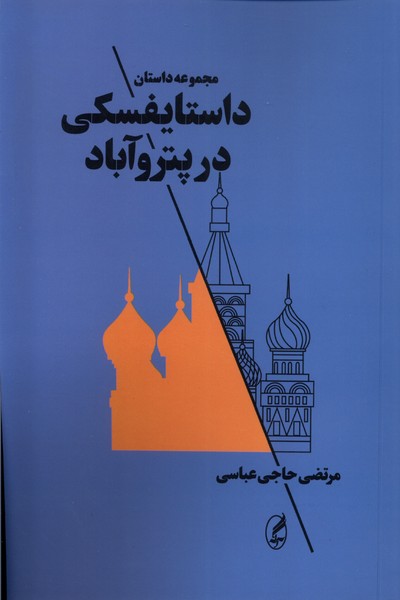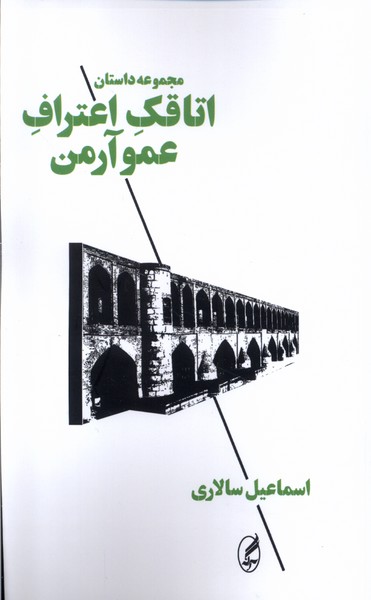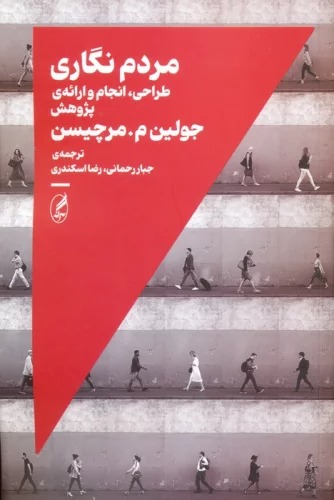دگرگونی اجتماعی و فیلمهای سینمایی در ایران الفارسية 1400
Digargūnī-yi Ijtimā'ī va Fīlm'hā-yi Sīnamāyī dar Īrān
17٫06 £
مشاركة
Wishlist
"The writing of this book was finished in 1373, but it took a decade for it to be embellished. In those years, cultural studies and sociology of film and cinema were not yet well-known among art people. Movie publishers said that The book is not about cinema, and social science publishers said that this book is about cinema and has nothing to do with their field of work. Finally, after a decade, an educated editor was found who believed that the book was about culture, and in 2013, the book was published in Came. I can't say the book was well distributed, but they had a hand on fire.
They read the book and the book found its place among books related to Iranian cinema. In this decade, after the publication of the book, I have tried to search for the feedback of the readers, especially the technical readers, and I can say that the result of my search has been that a group of readers, especially students, and researchers of social sciences, have rejected it because Iranian films have been scientifically studied for a long period methodically and they have made complex scientific concepts meaningful and clear by applying them. Currently, the number of research and dissertations in these fields is increasing, but when the first edition of this book was published, it was perhaps the only Iranian example of the use of these methods in Iran. A group of more general readers, whose number was less, liked and read the book because of an overview of popular Iranian films, they often found it difficult to read the book due to the existence of theoretical chapters and wanted to remove the theoretical chapters. "
more
"نگارش این کتاب در سال ۱۳۷۳ به پایان رسید، اما یک دهه طول کشید تا به زیور طبع آراسته شود. زیرا در آن سالها هنوز مطالعات فرهنگی و جامعه شناسی فیلم و سینما چندان در میان اهل فن جا نیفتاده بود. ناشران سینمایی می گفتند این کتاب درباره سینما نیست و ناشران علوم اجتماعی می گفتند این کتاب درباره سینماست و به حوزه کار آنها ارتباط ندارد. سرانجام پس از یک دهه ویراستار فرهیخته ای پیدا شد که بر این باور بود که کتاب درباره فرهنگ است و به سال ۱۳۸۳ کتاب از چاپ در آمد. نمی توانم بگویم کتاب خوب توزیع شد، اما آنها که دستی بر آتش داشتند.
کتاب را خواندند و کتاب جایگاه خود را در میان کتاب های مربوط به سینمای ایران پیدا کرد. در این دهه پس از انتشار کتاب کوشیده ام تا بازخوردهای خوانندگان و به ویژه خوانندگان اهل فن را جست و جو کنم و بیانم نتیجه جست و جوهایم چنین بوده است که گروهی از خوانندگان و به ویژه دانشجویان و پژوهشگران علوم اجتماعی آن را از این بابت که فیلم های ایرانی را در یک دوره طولانی به شیوه ای روش مند مورد مطالعه علمی قرار داده است و مفاهیم علمی پیچیده را با کاربرد برای شان معنی دار و روشن ساخته پسندیده اند. هم اکنون شمار پژوهش ها و پایان نامه ها در این حوزه ها رو به فزونی است، اما موقعی که ویراست نخست این کتاب منتشر شد شاید تنها نمونه ایرانی از کاربرد این روش ها در ایران بود. گروهی از خوانندگان عمومی تر که البته تعدادشان کم تر بوده است ،کتاب را به خاطر مروری بر فیلم های عامه پسند ایرانی داشته پسندیدند و خواندند، ایشان اغلب به علت وجود فصل های نظری، خواندن کتاب را دشوار می یافتند و خواهان حذف فصلهای تئوریک بودند."
more

